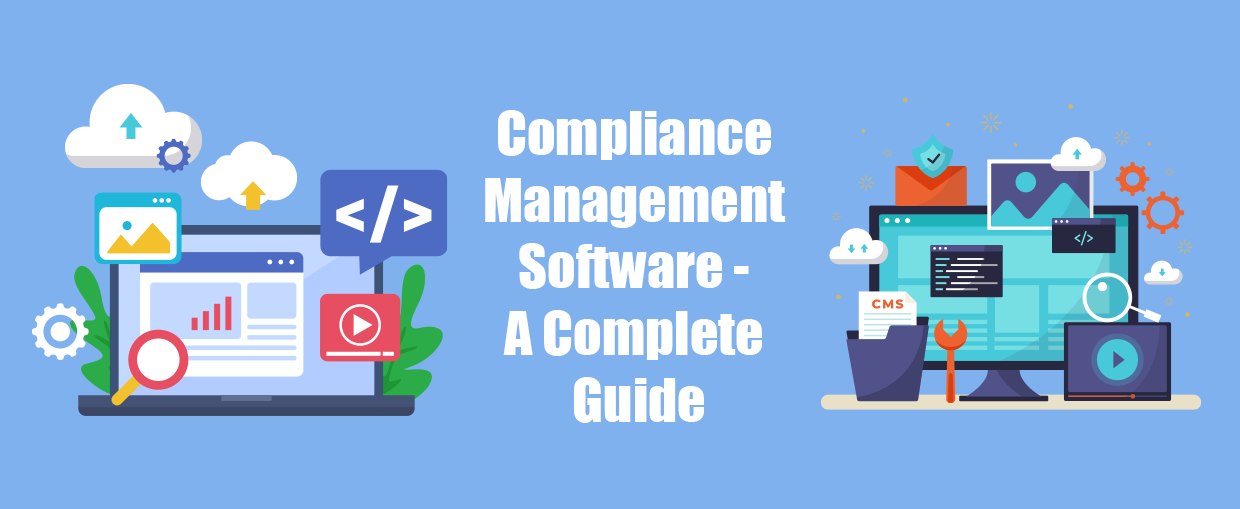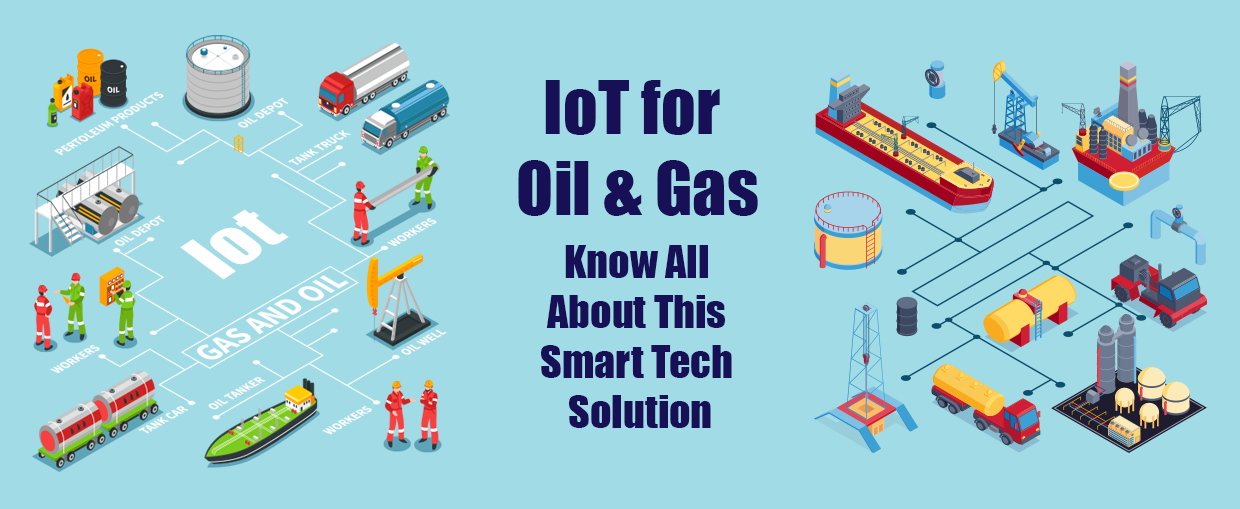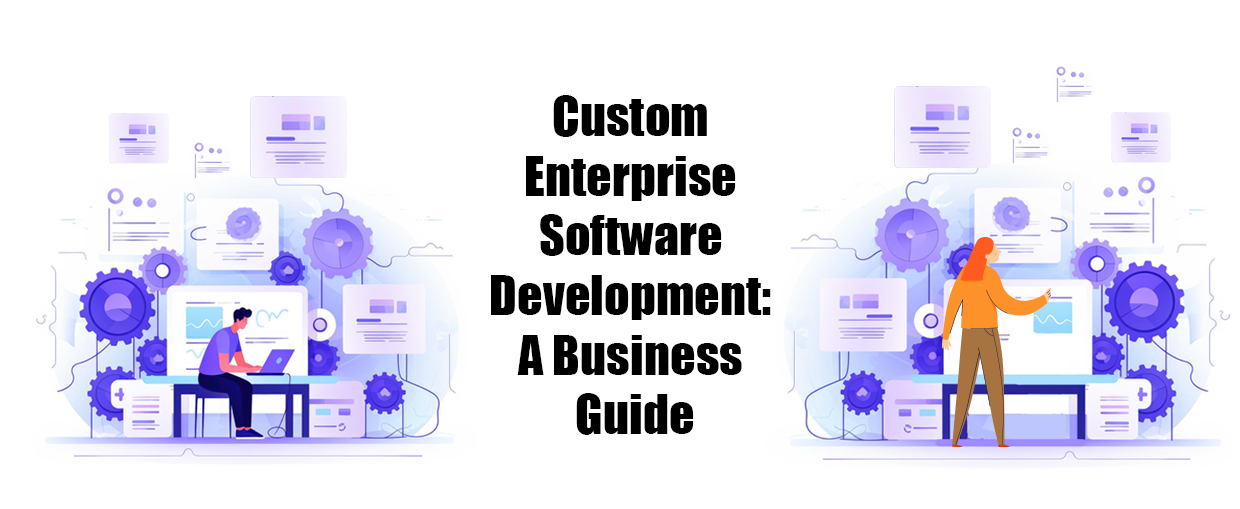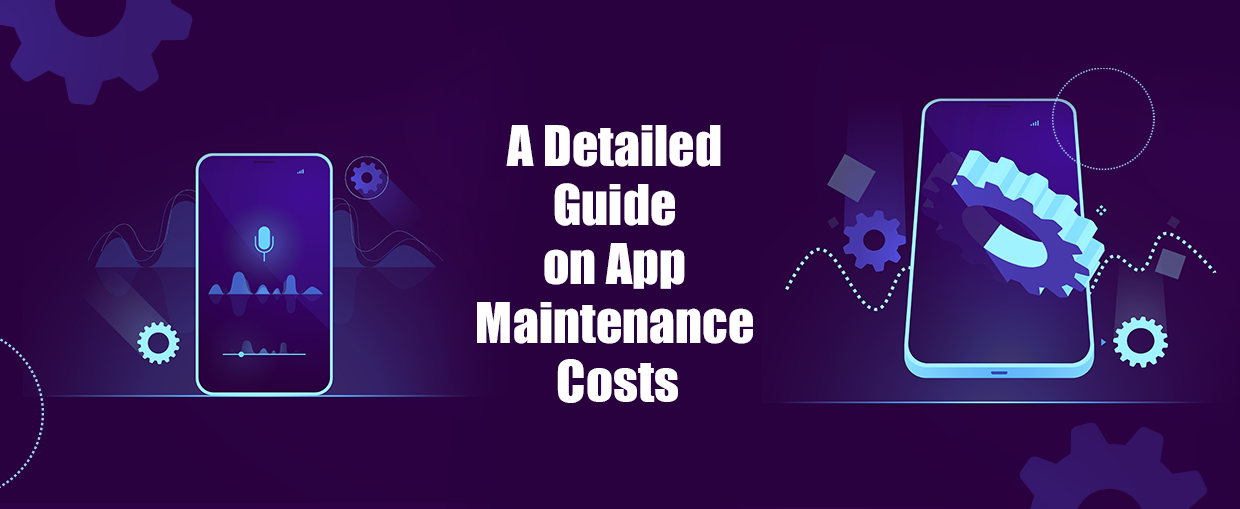As we are nearing the completion of the first quarter of the year 2022, here we are with some crucial predications on software development services and trends. As per experts, the ongoing digitalization trends will continue getting infused with energies created from innovative changes and by putting existing technology to new uses.
The software development services industry is a special area that keeps evolving with all the global changes. The pandemic has definitely done and is doing its part in further propelling modifications. An acceptable practice in software development models and services currently may become archaic in the near future. Therefore it’s beneficial for software development services companies, software application developers, app programming specialists, technology companies, startup founders, and business owners to stay updated on the software development trends.
This blog is a great helping hand in that direction. Here you will find relevant industry trends to help you strategize your app programming and software development plans accordingly.
I’ve tried to cover the most relevant 25 trends that are believed to have domination in 2022 and beyond no matter the type of industry you belong to or the technology stack you possess.
Here we go…
15 TRENDS TO LOOK FORWARD TO IN THE SOFTWARE DEVELOPMENT SERVICES INDUSTRY
1. Efforts to improve the developer experience
The Great Resignation or the Big Quit has tossed the software development services industry unexpectedly. The trend that began in early 2021, primarily in the US has spread out to other parts of the globe swiftly. This has triggered companies of diverse industries, especially software development services companies, to give focus on employee experience. This focus has changed the corporate culture in many companies for good.
Positive changes comprise a reduced number of meetings, more effective and transparent communication, flexible working hours with fab work-life-balance, smart mentorship that transforms employees, people-centric and location-independent operations, etc.
2. Smart approach towards cybersecurity
Cybersecurity is no longer a lighter topic in this digitally interconnected world. Ransomware attacks are exceedingly costly affairs that can threaten the very existence of start-ups and other enterprises. Businesses need to ditch traditional methods like establishing a perimetric firewall or anti-malware applications. Because these methods are inadequate. The methods and approach should be able to beat the shrewder techniques that malicious attackers are using. Experts advise to implements a cybersecurity mesh during development.
“Cybersecurity mesh is a cyber defense strategy that independently secures each device with its own perimeters — such as firewalls and network protection tools. Many security practices use a single perimeter to secure an entire IT environment, but a cybersecurity mesh uses a holistic approach.”
The Devops team should integrate security testing into the development process to guarantee zero vulnerabilities.
3. Centralized Infrastructure
There has been an increasing trend towards the adoption of public cloud replacing the regional data centres. It will soon become the go-to infrastructure for government enterprises and start-ups. The public cloud is the breeding ground of digital inventions. It makes cloud-first the new norm by democratizing security, Blockchain, and bridging the gap between common man and innovations.
4. Decentralized Infrastructure
The adoption of decentralized computing (Cloud on Edge) is on the rise and Blockchain-based applications show that it’s actually an emerging trend. Unlike the centralized cloud, the decentralized cloud offers storage multiple computers or servers that are hosted by P2P (peer-to-peer) decentralized cloud storage solution providers. Technological advances like 5G, Web 3.0, etc. have facilitated the increased implementation of decentralized infrastructure.
5. Internet Of Behavior (IoB)
Internet of Things (IoT) with the Internet of Behaviors (IoB) Extension is touted as the Future of the digital world.
To quote techopedia, to glean the meaning of IoB clear, “The Internet of Behaviors (IoB) is an area of research and development (R&D) that seeks to understand how, when and why humans use technology to make purchasing decisions. IoB combines three fields of study: behavioral science, edge analytics, and the Internet of Things (IoT).
It shows that the entire world is digitally powered with an intense focus on personalization. While IoT helps in collecting data from devices, IoB evaluates the behaviour of people as they interact with connected devices. Businesses can tweak their interactions based on this customer behavior, and as per Gartner, about 40% of the population’s behaviour will be tracked by 2023.
6. DevOps
DevOps, the much-acclaimed fusion of development and operations smartly combines software development with IT operations. This helps in enhancing and streamlining the competence of the software delivery process. DevOps approach is intermingled with plenty of agile elements.
DevOps adoption helps in capturing both speed and employee experience. Microservice architecture, DevSecOps, Going completely serverless, Resilience testing, GitOps, integration of Infrastructure as Code (IaC), etc. are some of the DevOps trends to watch out for.
7. Total Experience (TX) gets centre focus
Satisfying customer experience as a total experience is growing momentum in businesses. As they are targeting improved conversion, this is highly important while they develop mobile apps and other digital tools.
Instead of addressing experience in fragments such as customer experience, user experience, employee experience, and multi-experience, we need to focus on TX. Unified communication is the key to intersecting all these diverse experiences.
8. Continuous Delivery is an inevitability
“Continuous Delivery is the ability to get changes of all types—including new features, configuration changes, bug fixes and experiments—into production, or into the hands of users, safely and quickly in a sustainable way.” It is a software development practice that is gaining huge momentum these days. It is the practice of spontaneously preparing code changes for a release to production.
The software development team will always prepare and keep a deployable version of the code. This makes rapid changes in features possible. This makes the rapid release of updates to the user. This makes rapid implementation of feedback and issue identification. This calls for the need for startups and software development service providers to work in shorter sprint cycles.
9. Low Code/No Code (LCNC) will continue to thrive
Rapid application development is the mantra now. Software application developers and software development services providers are under great stress to develop and deploy software applications quickly meeting end-user expectations. The lack of skilled resources and the right tools and platforms often pose threat to fulfilling this demand. The emergence of LCNC breaks these barriers by enabling to development of web and mobile apps with a low or no number of developers.
There is a great trend towards low-code and no-code development platforms built on actual coding languages. These are tools for people who don’t know to code or do have time to code. This will give rise to a smart citizen developer community that develops more rapid applications and innovations.
10. Progressive Web Apps to continue to rise
Progressive web apps or PWA combines both worlds of native and mobile apps beautifully. It is nothing but web applications enriched with modern browser aptitudes. It helps users to have a native-like app experience on mobile without downloading the app. They are websites with the same functionality and ease-of-use as real apps.
Progressive web apps are touted as the future of mobile phone use. According to predictions, it will swap 50% of mobile apps in the coming years.
11. More focus on documentation
Having good documentation is a crucial component of software development. Sufficient and meticulous documentation facilitates greater adoption and helps others to master a specific technology and enjoy it. Technologies and frameworks that lack credible documents have started streamlining efforts in this area. This has made them more user-friendly resulting in transforming more people into seasoned professionals.
12. Greater boost for Microservices
There is a greater tendency towards Microservices architecture in software development as companies tend to get away from the traditional monolithic approach while building enterprise applications. It’s nothing but breaking huge software projects into roughly tied modules. These modules communicate with each other through APIs.
As applications get larger and more complex it causes a lot of problems. Turning it into microservices software development architecture helps in building, expanding, and scaling easily.
13. Integrations
There will be an increasing trend towards for technologies that allow for easy integration between one another. Having the right software development platforms and tools is crucial in integrating data from different SaaS and legacy systems. They are key to making data-driven decisions. You need to have unified platforms and systems whose different components communicate with each other. This calls for well-developed APIs to enable good integration between frameworks.
14. More assistance from AI
Artificial Intelligence (AI) will be lending more assistance to the software development process. Developers and QA will get AI assistance in making their tedious tasks easy. AI can deal with most of the predictable and monotonous tasks relieving humans to do more sensible and productive tasks. There will be an increasing trend to use AI-driven assistants which will develop and deliver projects faster.
15. More dependence on software outsourcing
Outsourcing software development projects is an economic and more productive activity than hiring an in-house team. Collaborating with an external development team can be really rewarding in terms of cost and effectiveness, especially in the case of startups. They can hire readily available and experienced hands without incurring additional costs on salaries, training, and infrastructure. It also helps companies to stay more focused on strategic efforts. Hire developers now.
KEY TAKEAWAYS
Analysing predictions and tuning your move in the right direction is a wise move to be successful. It is essential to make yourselves adaptable and fit for the future. We hope that these observable trends have given you some sense of direction and practical predictions to cling to.
You need smart software professionals to help you sail along with the fast-changing times. You need them to build crucial enterprise applications and deliver the right software development services swiftly and efficiently. Approach us to meet your software development needs. Our professionals can help your project get going moulding it for the future.










One Response
This is an amazing and highly comprehensive article. Thank you for sharing.